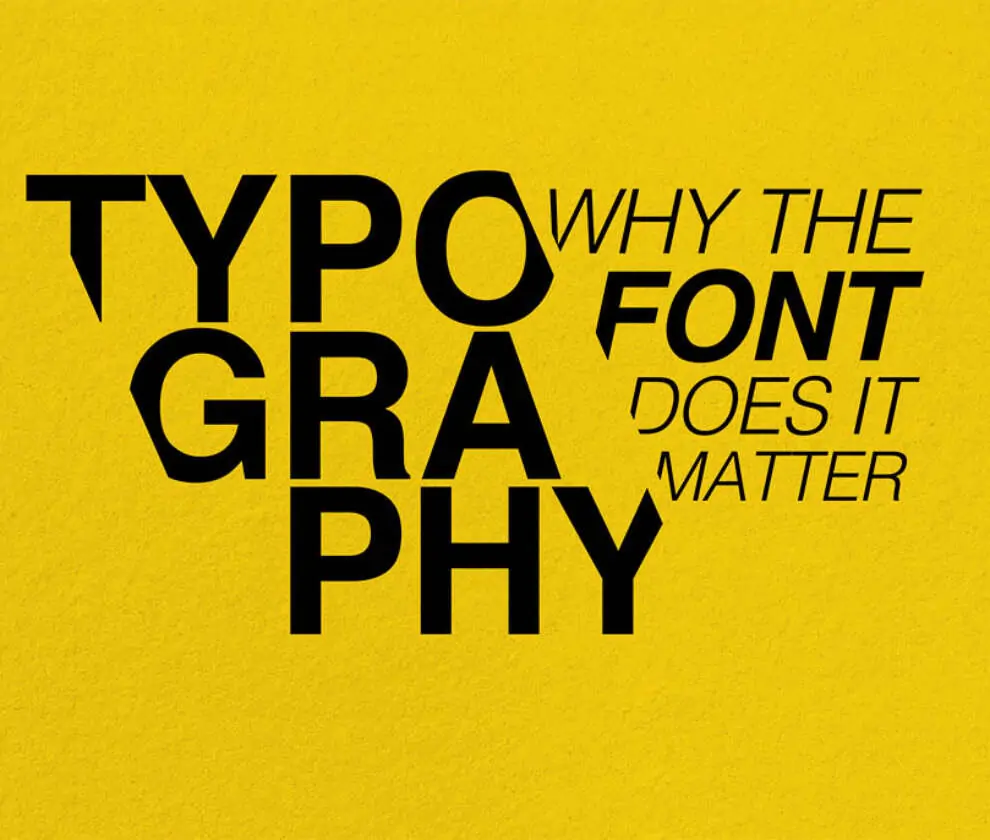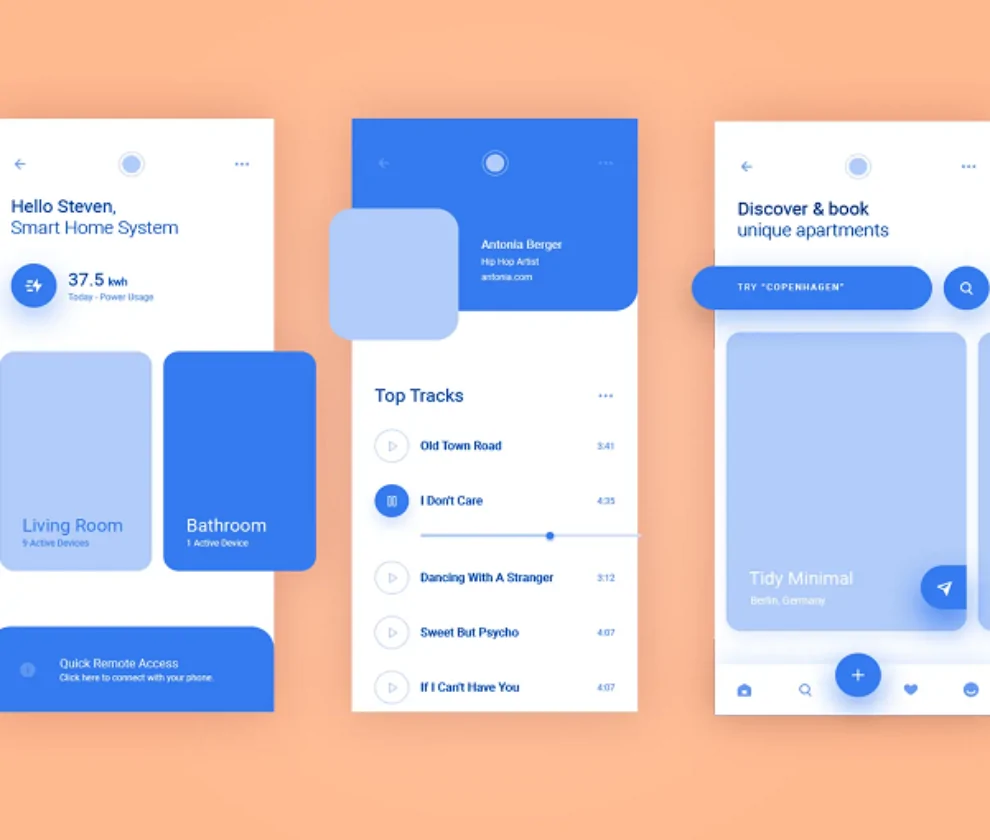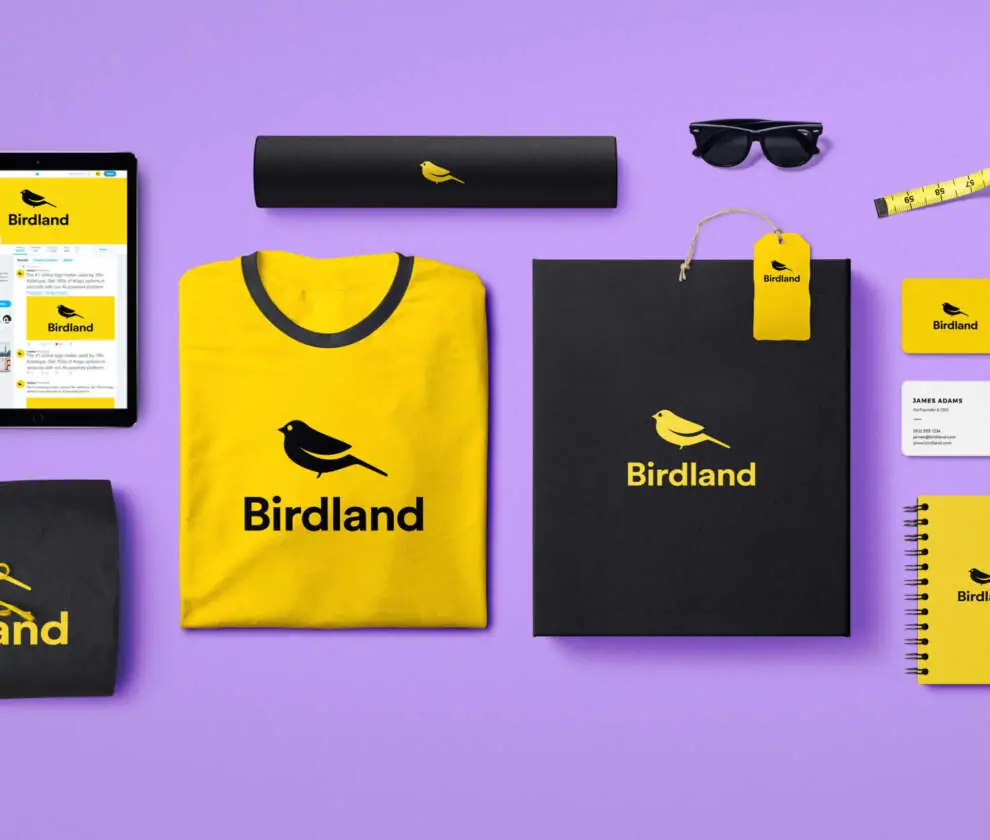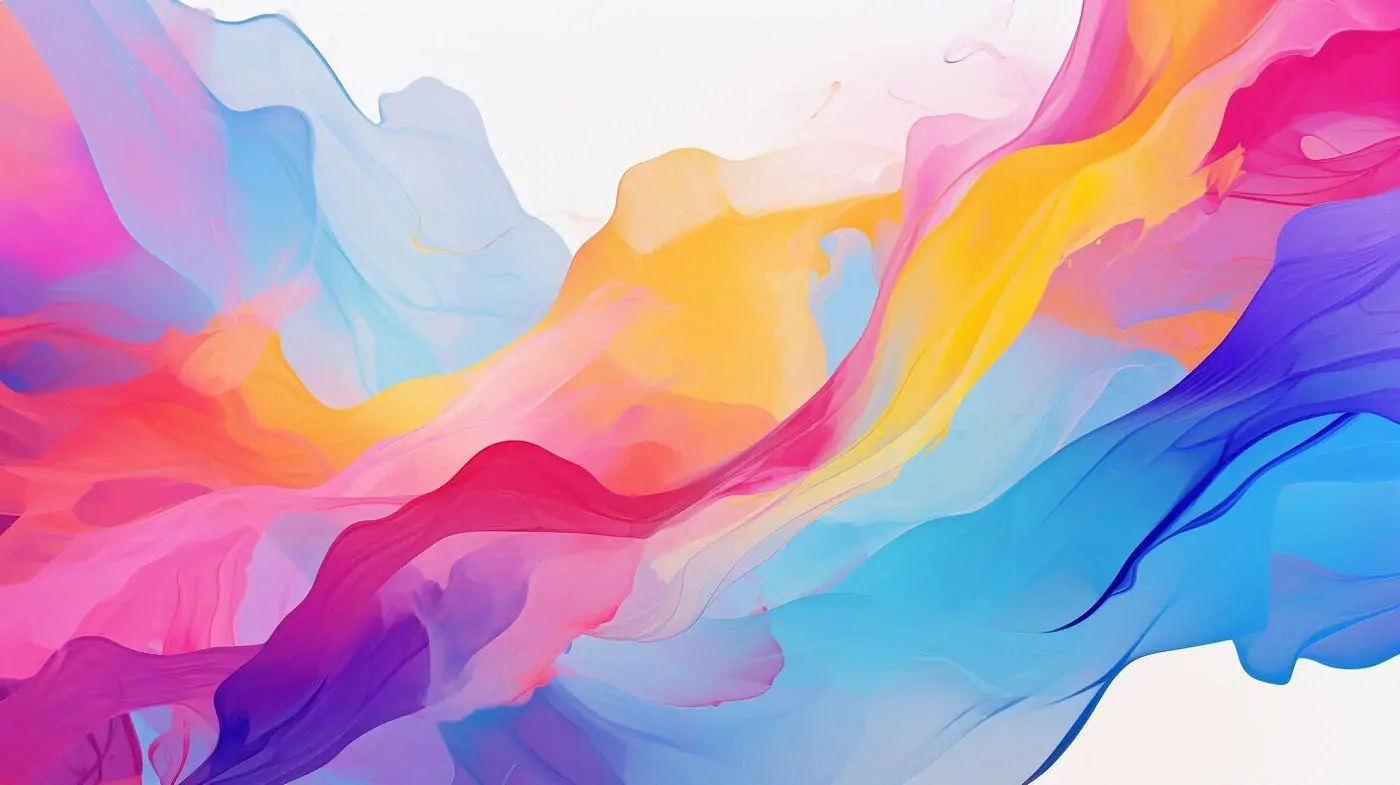
Exploring the Practical Dimensions of Digital Art Design
In the vast canvas of artistic expression and visual communication, the realm of digital visual design unfolds in diverse and fascinating ways. Let’s delve into two primary scenarios, each offering a unique perspective on how individuals engage with digital tools to create, communicate, and innovate.
Creating Artwork Digitally: Unleashing Personal Expression
In the first scenario, envision an artist who traditionally immerses themselves in the tactile world of oil paints. Now, picture them venturing into the realm of digital creation, armed with a drawing tablet and software like Procreate. In this space, the focus shifts from traditional canvases to a digital canvas, allowing for a seamless blend of personal expression and artistic exploration.
Consider another instance where a creator utilizes 3D design software to sculpt a digital model of a character. Here, the primary motivation may be rooted in personal creative interests or even the desire to offer a unique 3D asset for sale. The digital medium becomes a playground for imaginative endeavors, where artists navigate a virtual landscape to manifest their creative visions.
“The beauty of digital art design lies in its accessibility. It provides a platform for anyone with a spark of creativity to express themselves and share their vision with the world, regardless of background or resources.”
– Aaron Blaise, Animator and Co-director of “Mulan”

Using Digital Tools for Design with a Communication Focus: Crafting Visual Narratives
In the second scenario, imagine a designer tasked with creating the graphics for a new website. While aesthetics play a crucial role, the primary objective is to convey information effectively and guide users seamlessly through the online space. Here, tools like Adobe Photoshop or Figma become instruments of precision, allowing designers to craft icons, banners, and user interface elements that serve a clear communication purpose.
Now, envision the need to design engaging social media posts to promote a brand. In this setting, platforms like Canva come into play, offering a user-friendly interface for the creation of visually appealing posts. Here, the goal extends beyond personal expression; it is about capturing attention and communicating a message effectively to a broader audience.
A Harmonious Intersection of Art and Design
At the heart of the matter lies a fundamental realization: Digital art design is a versatile term that seamlessly integrates both artistry and design principles. When embarking on the journey of creating artwork digitally, the focal point often revolves around unleashing artistic expression and fostering personal creativity. It becomes a sanctuary where creators can experiment, innovate, and express themselves without the constraints of traditional mediums.
Conversely, when wielding digital tools for design with a communication focus, the narrative shifts. The emphasis lies in the realm of visual communication, where every pixel serves a purpose in conveying information, guiding interactions, and achieving specific communication goals. The digital canvas transforms into a strategic space where design choices are made with the intent of resonating with an audience and effectively conveying messages.
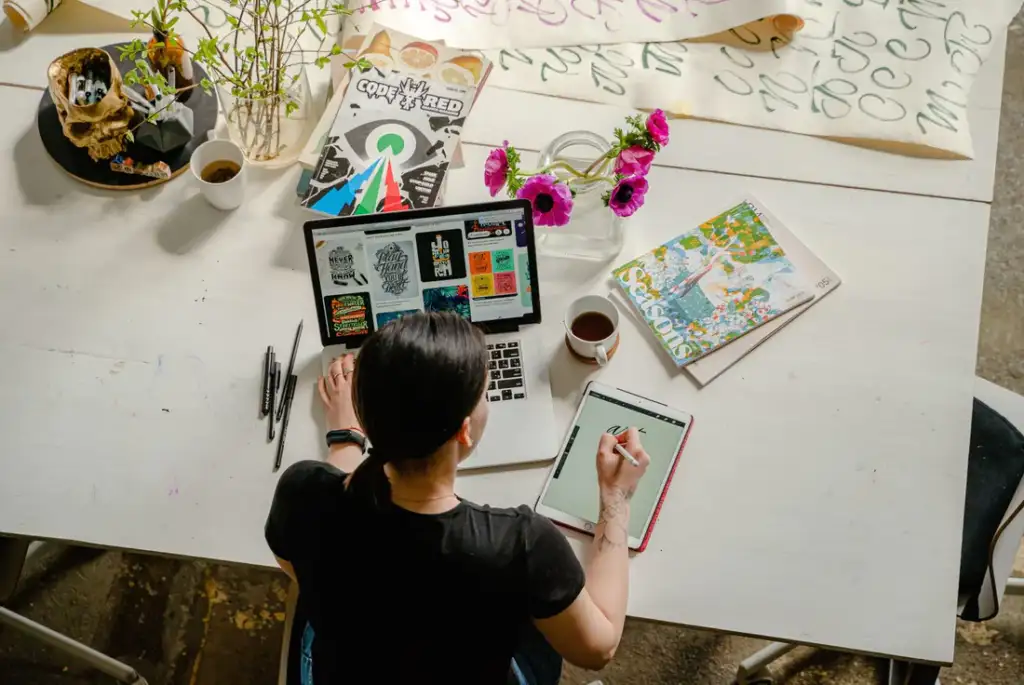
Where Art and Design Converge
To further illuminate the nuances of Visual Art creation digitally, consider practical examples that seamlessly weave artistic flair with communication intent:
Designing Digital Illustrations for Children’s Books:
Here, the artistry shines through in the vibrant illustrations that captivate young minds.
Simultaneously, the design elements serve the purpose of facilitating easy comprehension and storytelling.
Creating Animated Logos for Companies:
In this scenario, the focus is on dynamic visuals that convey the brand’s essence.
The animation adds an artistic dimension, enhancing the logo’s visual impact.
“ Digital art design isn’t just about replacing the brush with a stylus; it’s about opening a door to entirely new realms of artistic expression. The limitations are only bound by our imagination.”
– Lisa Frank, Founder of Lisa Frank Inc
Crafting Digital Typography for Posters:
Typography becomes an art form in itself, with creatively designed letters that convey the message.
The design intent is to create visually striking posters that effectively communicate information.
In essence, digital art design unfolds as a tapestry where art and design are not mutually exclusive but rather intertwined elements that coalesce to create rich and compelling visual experiences. It is a realm where the digital canvas becomes a dynamic playground, inviting creators to explore the infinite possibilities of artistic expression and effective communication. Through these scenarios and examples, the concept of digital artistic design comes to life in a practical and relatable manner, offering a glimpse into the boundless creativity that unfolds within the digital realm.


